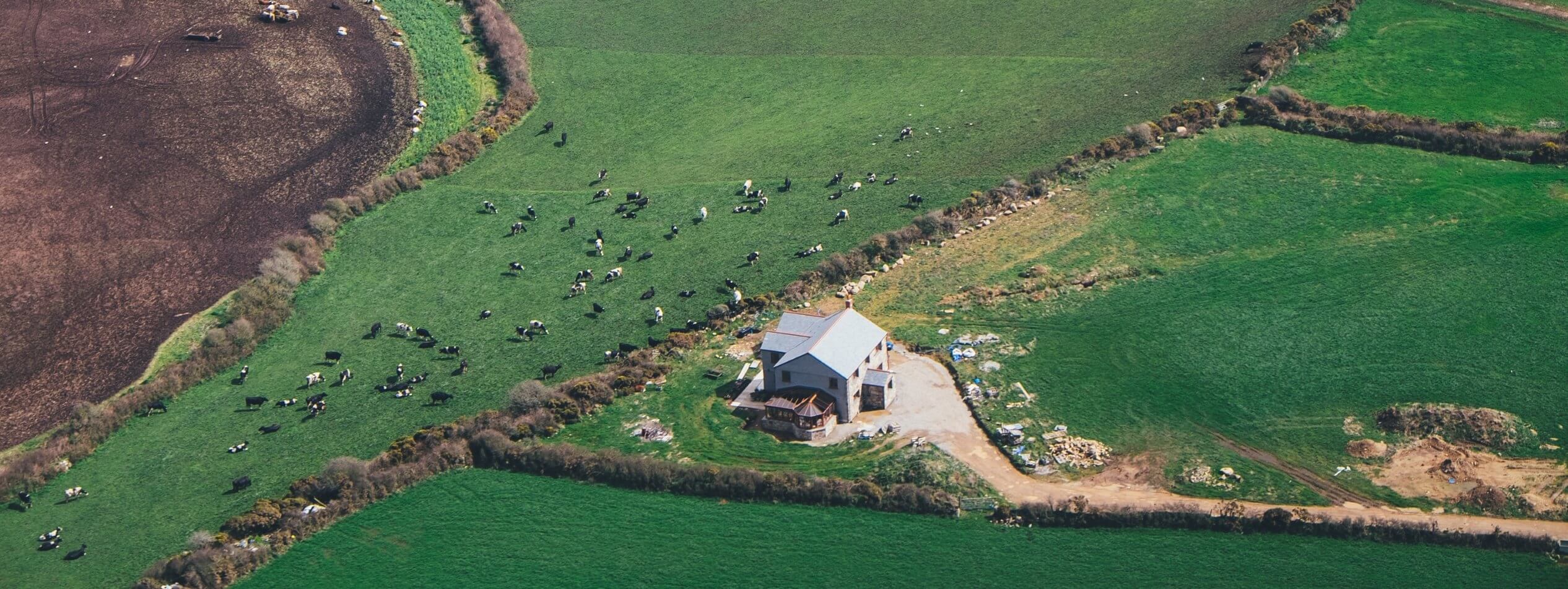Trace & Save has been carrying out research in the Eastern Cape on pasture-based dairy farms for the past five years. One of the prominent challenges that we have recognised on many of the farms, especially on the sandy soils of the Tsitsikamma, are low soil potassium levels. Potassium is one of the macro-nutrients, and is required in large quantities by plants for healthy growth. This potassium deficiency in soils has been addressed by farmers through the application of chemical potassium fertilisers (e.g. potassium chloride and potassium sulphate) and potassium containing organic fertilisers (e.g. chicken litter and compost). You might ask, how can potassium be deficient then? Surely it should be building in the soil? These are good questions, and I will address them in the rest of this blog.
This is where nitrogen comes into the story. Due to a lack of soil health, and an imbalance in soil fertility, farmers are relying too heavily on nitrogen fertiliser for pasture growth. Instead of managing their soil with the aim of providing plant available nutrients through natural soil processes (e.g. nitrogen made available by microorganisms and/or legumes), farmers apply well over 250 kilograms of nitrogen per hectare each year in order to grow sufficient pastures. Not only does this have huge financial and environmental costs (Read more: How we are wasting money and nutrients, and negatively impacting the environment), what farmers do not realise is that this is aggravating the potassium problem.
Potassium uptake in plants is linked to nitrogen uptake. Even when there are not high levels of potassium in the soil, when large amounts of nitrogen fertiliser are applied, plants take up large amounts of potassium as well. In other words, high nitrogen application rates actually lead to high potassium uptake, which results in both high potassium content in the leaf and depletion of potassium from the soil. The high potassium content in the leaf is not necessary for nutrition, as potassium levels in pasture leaves are normally sufficient. In fact, cows end up excreting over 90% of the potassium they eat, mostly in their urine. That means that the higher potassium there is in the leaf, the more potassium there will be in the cow’s urine. Sandy soils, especially those low in soil carbon, do not hold potassium well, therefore most of the potassium in the urine ends up getting leached beyond the root zone in the soil, and is lost from the farm agro-ecosystem. The more potassium there is in the leaf, the more potassium is being lost from the farm. Now you can understand why I question whether this is actually more of a nitrogen problem than it is a potassium problem.
The solution to this potassium problem starts with reducing nitrogen fertiliser rates. Obviously no farmer wants to lose out on pasture production, so the only way to achieve good pasture growth with low nitrogen fertiliser rates is through a healthy, balanced soil. It is also important to continue to ensure that sufficient potassium is supplied through fertiliser until soil potassium reaches the desired levels.
There are many reasons why farmers need to address excessive nitrogen fertiliser application rates, the potassium problem is just another one of them.
Side note: When considering high nitrogen fertiliser rates and factoring in the higher potassium uptake by plants in summer months, potassium levels in the leaf are especially high in the summer, which is when staggers and milk flocculation are likely to occur – read more about this in the Body builders and milk flocculation association blog.
- A carbon footprint assessment for pasture-based dairy farming systems in South Africa - 2024-02-07
- What progress have farms participating with Trace & Save made over the past 10 years? - 2023-09-06
- Carbon footprint reduction over time: Lessons from pasture-based dairy farms in South Africa - 2023-09-04


